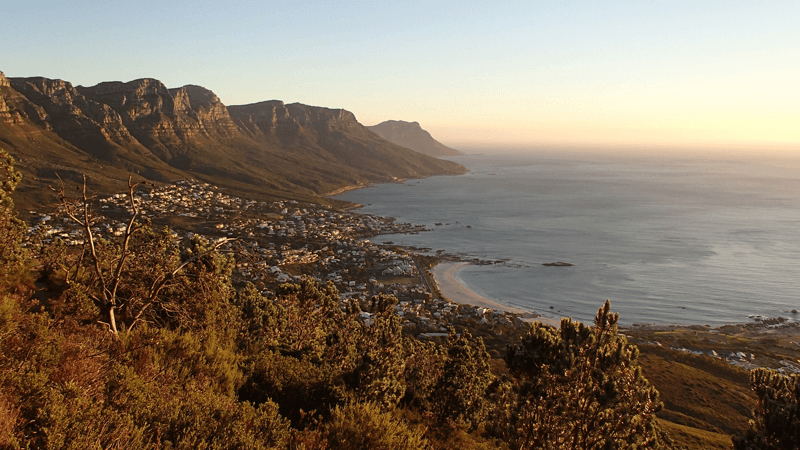Swartland is a wine region of the Republic of South Africa, located about 50 km north of Cape Town.
This territory involves the cities of Piketberg, in the north, Malmesbury in the south, Darling in the west, Riebeek West and Riebeek Kasteel in the east, with Moorreesburg in the middle.
The name Swartland was assigned to this region already in the seventeenth century, by the Dutch governor Jan van Riebeeck who defined this fertile countryside as “Het Zwarte Land”, that is “The Black Land” in English. A fitting name, given the conspicuous presence in the area of flowering plants known as “rhynoceros bush”, a endemic vegetation of South Africa that give the soil gray-dark shades.
An evocative name of the landscape that has been maintained over the centuries and, in Afrikaans language, has become Swartland.
Swartland Region – Characteristics
The deep and fertile soils of the Swartland District have made this region among the most important in South Africa for grain and grapevine cultivation. The extension of the District defines four main production areas:
- Piketberg
- Paardeberg
- Malmesbury
- Riebek Valley
Swartland Soils
Swartland‘s soil is fertile and varied. This is why this region is so promising for wine production and beyond. Different soils and exposures can adapt to different grape varieties and can bring special wines to life.
The soils of Swartland consist mainly of granite rocks, derived from thick shale deposits. This soil type, typical mainly of hilly areas, alternates with sandstone outcrops, as occurs for example in the vineyards of the Paardeberg territory, at 700 meters above sea level.
These soil types and their alternation, create excellent growing conditions, in which different varieties of grapevines can express themselves with intensity and particularity, giving wines with a unique personality.
A situation that occurs clearly in Riebek Valley, where the soil is mainly shale with loamy soil on top and sandy loam on the valley floor.
For this reason, in South African wine production, the creation of the perfect blend is essential, to best express each terroir, through the targeted choice of vineyard plots, grapes and wines.

Swartland Climate
In Swartland, the climate is generally Mediterranean, rather warm and dry, mitigated by the proximity of the Ocean, especially in the coastal area of Malmesbury.
Rainfall is scarce, concentrated mainly between May and October, more frequent and abundant in the mountainous areas. These climatic conditions are favorable for the cultivation of cereals, olives and grapevines.
In particular, the diurnal temperature variation, especially common in Paardeberg and Riebek areas, favors the high quality of grape aromas and a perfect ripeness of the bunches.
A warm and breezy climate during the day and cold at night, similar to that of the Rhône Valley in France.
It is no coincidence that, in the Swartland Region, the Côte du Rhône most known grape varieties have found an excellent habitat.
Grapevines and Vineyards
In the Swartland vineyards, red grapevines steal the scepter from white grape varieties.
In this region, fresh, dry, light and fragrant white wines are produced, based on Sauvignon Blanc and Chenin Blanc grapes.
However, the most popular production concerns red wines, with Syrah, Grenache, Merlot and Cabernet Sauvignon in the forefront to compose the blend or to create fine single varietal wines.
The red wines of the Swartland Region stand out for their concentrated aromas and a full, velvety taste, tempered by the right amount of acidity and tastiness.
Intense but highly enjoyable wines.
Swartland red wines pair well with recipes rich in flavour, even hot and spicy, with red meats and game as main ingredients.
These wines do not disdain the company of savory cold cuts and cheeses, even the blue ones.







Comments are closed.